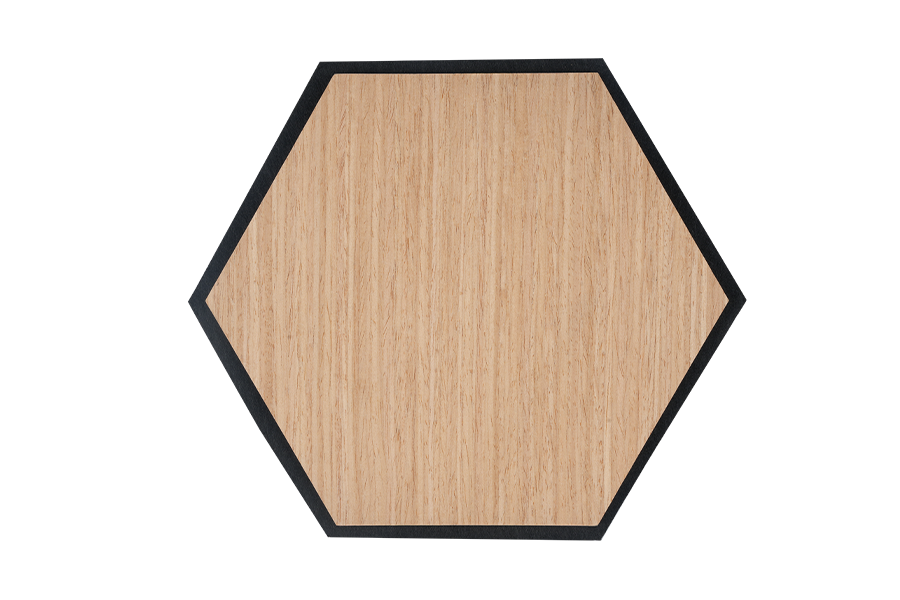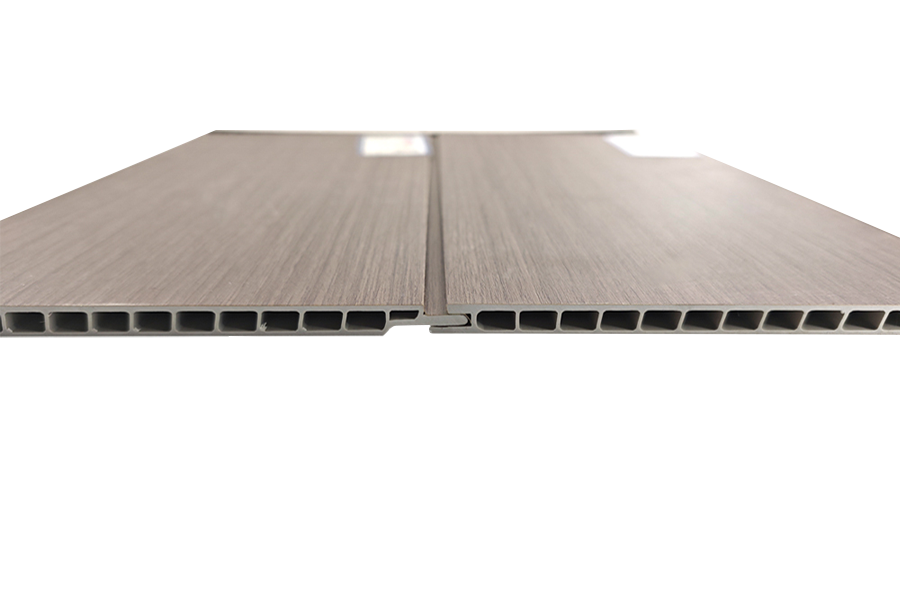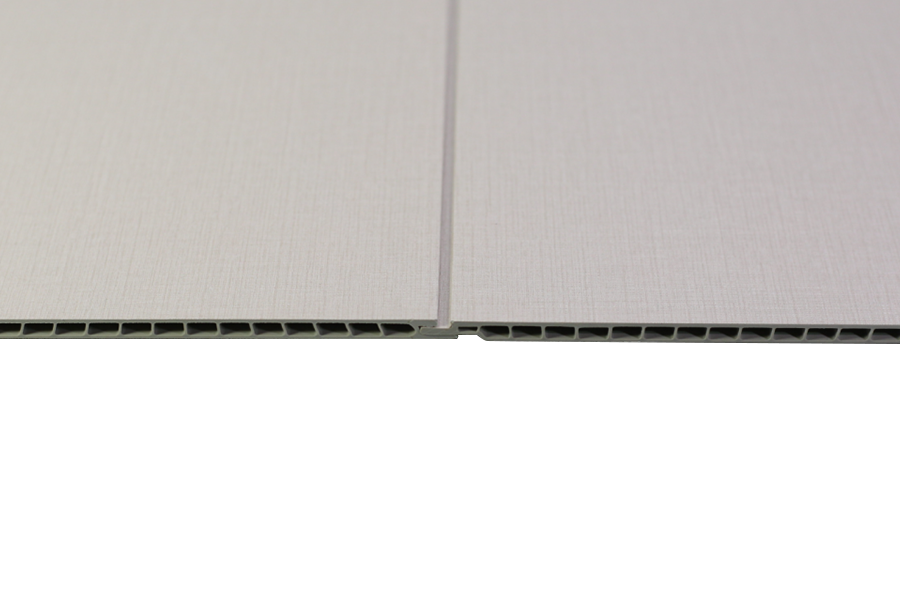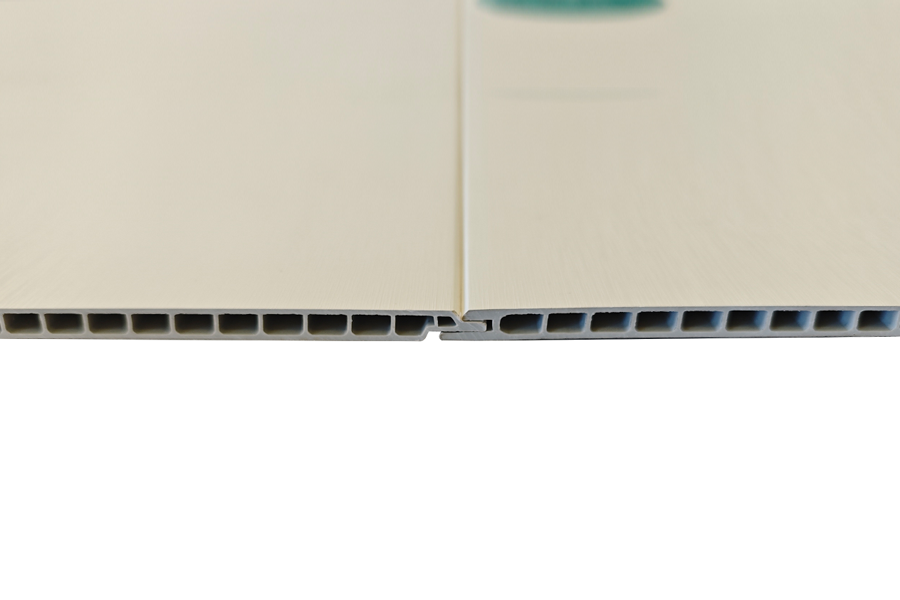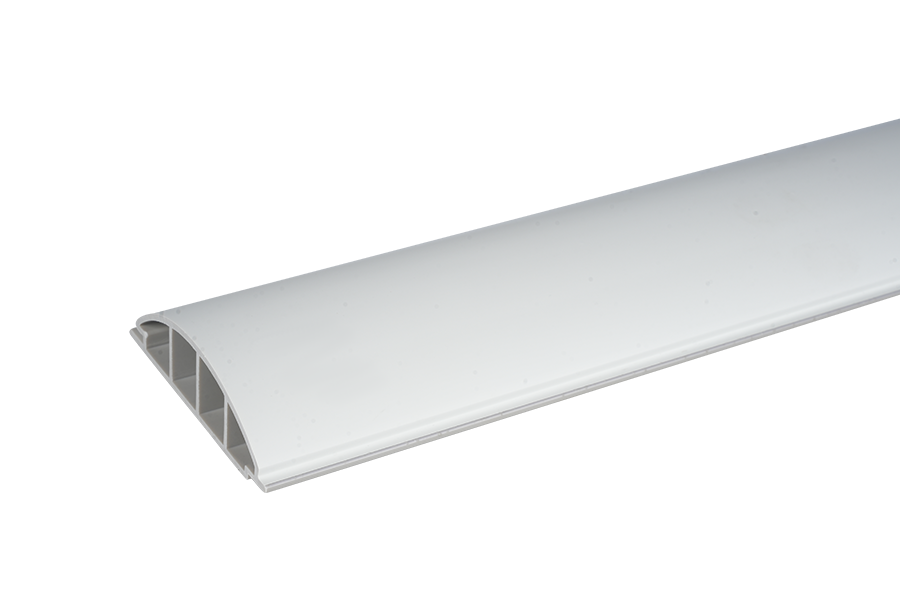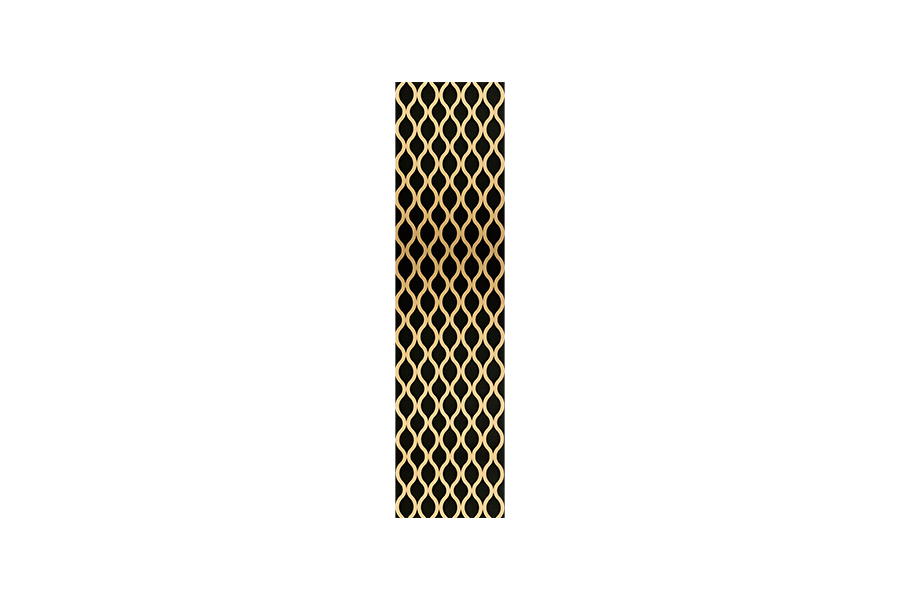When designers walk into a room they always ask the same quiet question: What should the walls say? Some want the warmth of real wood, others crave the calm of clean lines, and many now hope to keep the planet in mind. That is why the debate between bamboo paneling, wood veneers, and MDF panels has moved from trade magazines to everyday dinner-table talk. Let's look at the three choices side by side, in plain words and without the clutter of numbers.
Picture bamboo paneling. It arrives as long planks or sheets made from strands of fast-growing grass. The color ranges from pale straw to rich caramel, and the grain carries a gentle stripe that feels both modern and natural. People pick bamboo paneling when they want a story to tell—guests often touch the wall and smile when they learn the material is grass, not tree. Because bamboo paneling is stiff yet light, installers lift it with ease, and rooms feel finished sooner.
Imagine wood veneers. These are whisper-thin slices of real hardwood glued onto a backing board. One log can dress many walls, so veneers give the look of walnut, oak, or cherry without the weight of solid planks. Wood veneers shine in offices and hotels where the goal is classic luxury. The surface accepts stain and polish just like traditional timber, so matching furniture is simple. Yet wood veneers can bruise if a chair knocks the corner, and repairs call for skilled hands.
Then there are MDF panels, the quiet workhorses of budget makeovers. Medium-density fiberboard is made from fine wood fibers pressed into smooth sheets. MDF panels love paint; their faces stay flat and never argue with bold colors. They also cut cleanly, so curved walls and playful shapes are possible. Still, MDF panels dislike moisture, and heavy dents cannot be sanded away.

Now let's weave bamboo wall covering into the picture. A bamboo wall covering can be the same material as bamboo paneling, only sold in flexible rolls. Designers like to wrap columns or soften ceilings with it. When light crosses a bamboo wall covering, the shadows dance in thin lines, giving motion to still rooms. If a client adores the feel of fabric but wants the strength of wood, a bamboo wall covering often wins.
Then come bamboo wall panels—larger sheets that lock together like puzzle pieces. A single bamboo wall panel can replace several smaller boards, so seams disappear and spaces look sleek. In open-plan offices, bamboo wall panels create quick partitions that still let the eye read the room's flow. Because the color runs through the whole sheet, scratches stay hidden and daily life leaves fewer marks.
Comparing choices, people often ask about upkeep. Bamboo paneling needs only a soft cloth and mild soap; its finish resists most kitchen spills. Wood veneers prefer gentle dusting and the odd coat of polish to keep their glow. MDF panels ask for dry rooms and quick wipe-ups, or they puff at the edges. When it comes to feel, bamboo paneling stays cool under the hand, wood veneers warm up quickly, and MDF panels stay neutral.
Style also guides the pick. Bamboo paneling suits homes that love clean lines and gentle earth shades. Wood veneers fit rooms with leather chairs and soft lamps. MDF panels work where bright paint or playful patterns take center stage. Yet tastes shift, and many designers now mix all three: bamboo wall panels behind the bed, wood veneers on the dresser, and MDF panels painted white on the ceiling.
Sustainability thoughts hover over every meeting. Bamboo paneling grows back in a few seasons, so its story feels kind to forests. Wood veneers stretch each harvested tree across many walls. MDF panels use leftover fibers, giving sawdust a second life. Clients who value green ideals often start with bamboo paneling and then add accents of veneer for warmth and MDF for color.
Installation mood matters too. Carpenters say bamboo paneling smells faintly sweet when cut, like fresh hay. Wood veneers release the familiar scent of sawn lumber. MDF panels smell more like paper, clean and light. Homeowners remember these scents long after the job is done.
The question is not which material is best, but which one feels right for the life that will happen inside the room. Bamboo paneling speaks of calm mornings and thoughtful choices. Wood veneers whisper of timeless comfort. MDF panels shout with creative freedom. Listen to the walls, and they will tell you which story to choose.






 Español
Español عربى
عربى русский
русский
